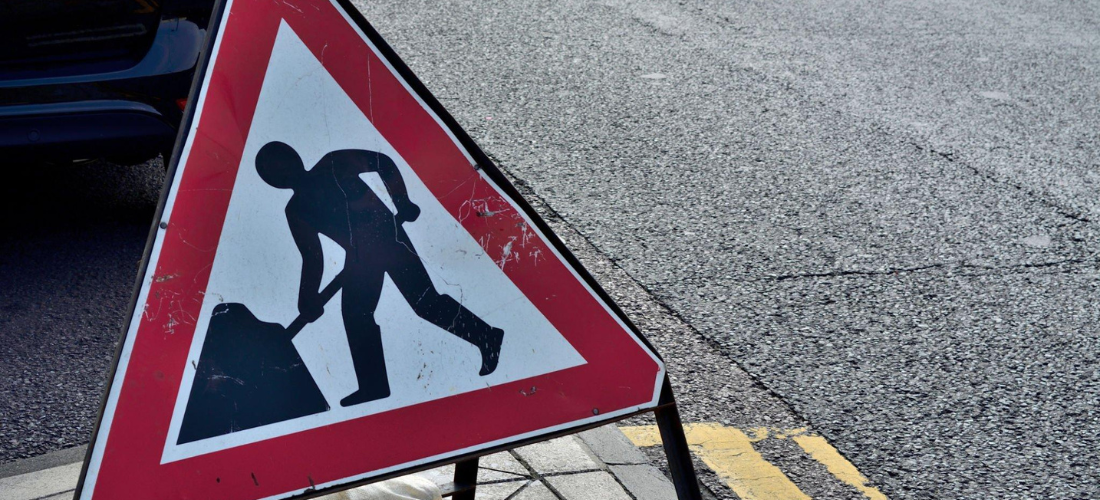Roads are critical infrastructure for transportation, commerce, and community development. They connect people, goods, and services, and facilitate economic growth and social progress. However, like any other infrastructure, roads require regular maintenance to keep them safe, functional, and sustainable. There are different types of road maintenance, each with its own goals, methods, and outcomes. In this blog, we will explore 5 types of road maintenance and explain how they contribute to the overall road network performance.
- Preventive maintenance is a proactive approach to road maintenance that aims to prevent or delay the onset of damage or deterioration. It involves routine inspections, minor repairs, and micro surfacing / surface treatments that address early signs of wear and tear before they develop into major issues. The goal of preventive maintenance is to extend the service life of roads, reduce repair costs, and minimize disruption to traffic flow. Examples of preventive maintenance include micro-surfacing, crack sealing, pothole patching, seal coating, and surface rejuvenation.
- Corrective maintenance is a reactive approach to road maintenance that addresses existing damage or deterioration. It involves major repairs, reconstruction, or replacement of the road surface or underlying layers that have failed or reached the end of their design life. The goal of corrective maintenance is to restore the road to its original condition or improve its performance to meet current traffic demands. Examples of corrective maintenance include milling, resurfacing, rehabilitation, and reconstruction.
- Emergency maintenance: Emergency maintenance is an unplanned and urgent type of road maintenance that addresses unexpected or hazardous conditions that pose an immediate threat to public safety or property. It involves quick response, temporary fixes, and traffic control measures that aim to mitigate the impact of accidents, natural disasters, or other emergencies. The goal of emergency maintenance is to restore the road to a safe and passable condition as soon as possible and minimize the risk of further damage or harm. Examples of emergency maintenance include debris removal, flood control, and bridge repairs.
- Seasonal maintenance: Seasonal maintenance is a specialized type of road maintenance that addresses the impact of weather and climate on road conditions. It involves planning, preparation, and execution of maintenance activities that anticipate and respond to seasonal changes in temperature, precipitation, and other environmental factors. The goal of seasonal maintenance is to ensure that roads are safe and accessible throughout the year, and minimize the disruption of traffic flow during extreme weather events. Examples of seasonal maintenance include snow and ice control, drainage maintenance, and vegetation management.
- Predictive maintenance is a data-driven and technology-enabled type of road maintenance that uses advanced analytics, sensors, and monitoring tools to predict and prevent failures before they occur. It involves continuous assessment, modeling, and optimization of road performance based on real-time and historical data. The goal of predictive maintenance is to optimize the use of resources, reduce downtime, and improve the reliability and efficiency of the road network. Examples of predictive maintenance include pavement condition assessment, traffic monitoring, and intelligent transportation systems.
In conclusion, road maintenance is a multifaceted and ongoing process that requires a range of approaches and strategies. Preventive maintenance, corrective maintenance, emergency maintenance, seasonal maintenance, and predictive maintenance are five types of road maintenance that address different aspects of road performance and resilience. By understanding the benefits and limitations of each type of maintenance, road development companies, and operators can develop effective and efficient maintenance programs that

